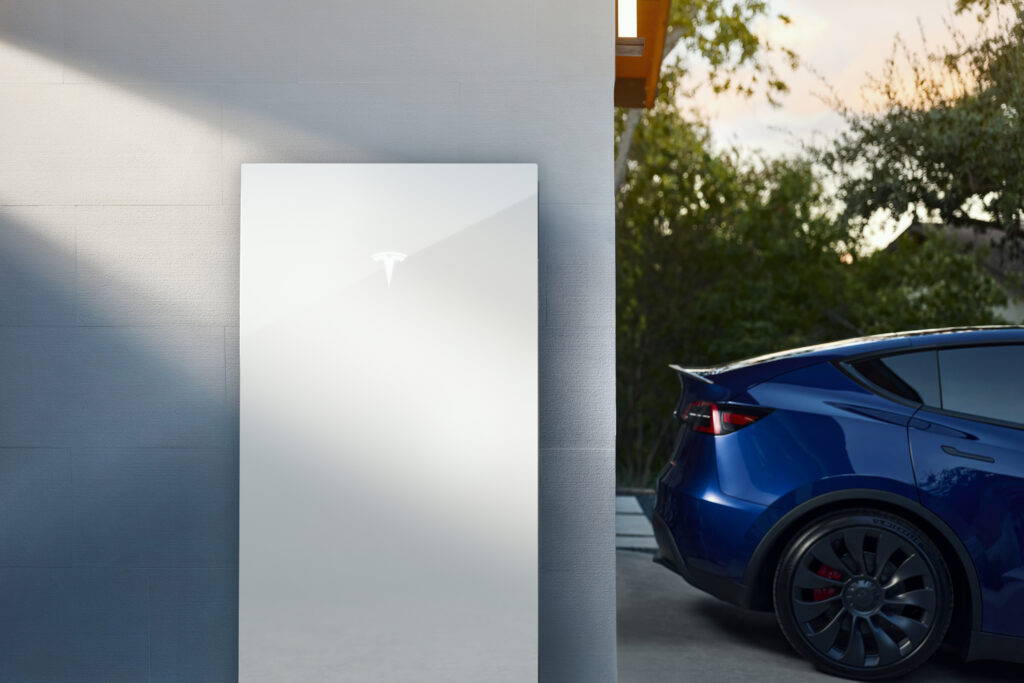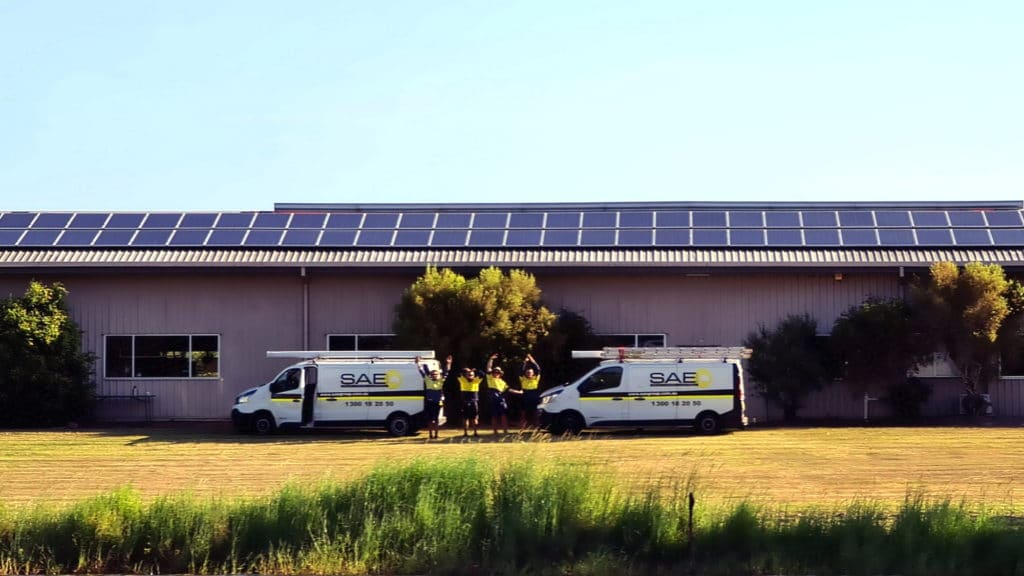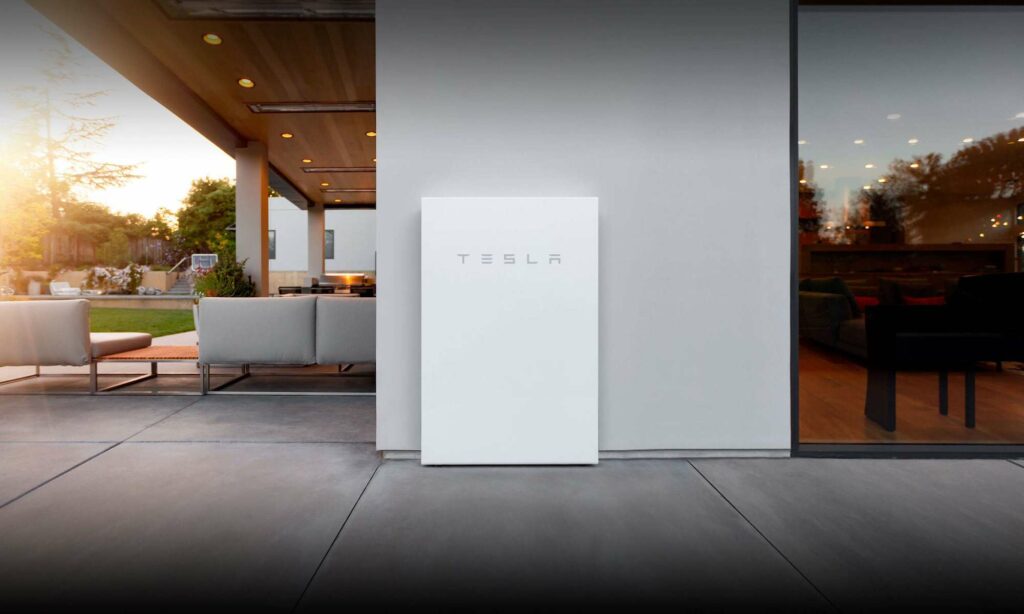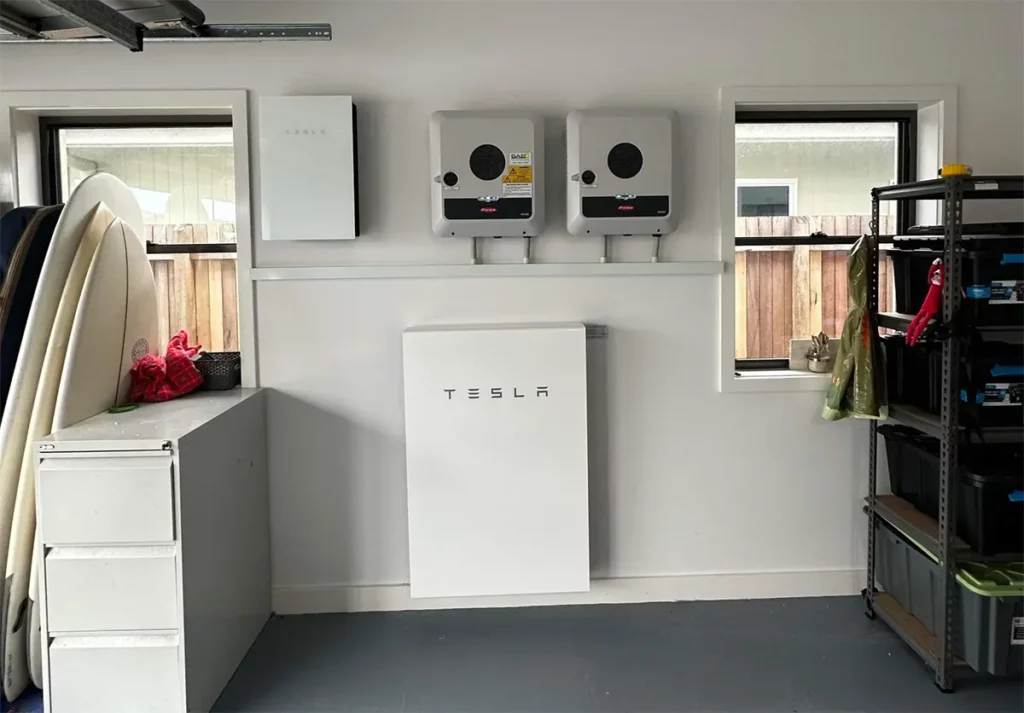Transitioning to Solar: A Step-by-Step Guide
Home » Transitioning to Solar: A Step-by-Step Guide
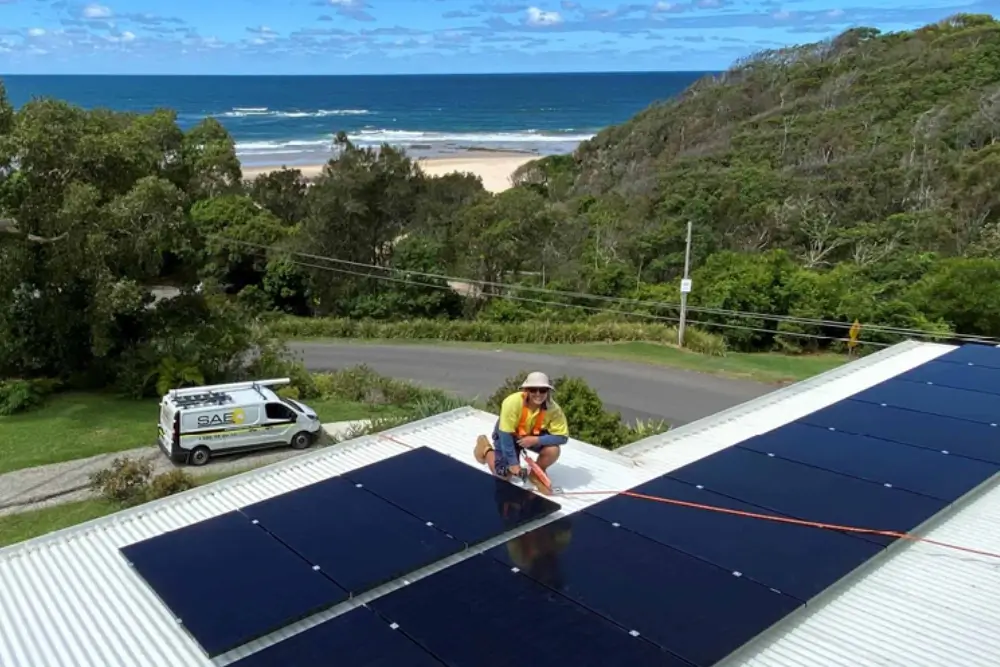
Transitioning to solar energy is a significant step towards sustainability and energy independence. Whether you’re a homeowner or a business, this guide will walk you through the process from start to finish.
Initial Consultation
Step 1: Research and Contact Solar Panel Installers
When beginning your search for solar panel installers, it’s crucial to delve into the specifics of each company’s expertise and experience. Investigate their background in solar technology, the types of projects they have completed, and their approach to different solar challenges.
A company’s portfolio can reveal much about its capability to handle installations similar to what you require. Additionally, examining their industry affiliations and partnerships can provide insight into their standing and reliability in the solar industry. Also, consider certifications or even awards they have received for their exceptional work. This thorough research lays a solid foundation for making an informed choice, ensuring you partner with a professional who can accurately address your solar energy needs.
Step 2: Schedule a Consultation
During your initial consultation, it’s important to discuss not just the technical aspects of solar installation but also to understand the support and services offered by the installer. This includes their approach to project management, timelines for installation, and how they handle any unforeseen challenges during the project.
It’s also a good opportunity to ask about the types of equipment they use, their warranty policies, and post-installation services like system monitoring and maintenance. These conversations will give you a comprehensive understanding of what to expect throughout the process, ensuring that the installer’s services align with your specific requirements and expectations for your solar project. This is also the perfect time to observe if they have the patience and the time to cater to your questions because it’s likely to be the same way they treat you after signing up for their service.
Assessment and Design
Step 3: Site Assessment
An expert will visit your property to evaluate factors like roof condition, orientation, and shading. This assessment is crucial for designing an effective solar system. They will check out entry and exit points and see if there will be any challenges during the entire process.
Step 4: System Design
Based on the assessment, the installer will design a solar system that meets your energy needs and fits your property. They should collaborate with you and help find a sweet spot between practicality, functionality and aesthetics.
Financial Planning
Step 5: Understanding Solar Panel Installation Cost
Discuss the costs involved in the solar panel installation. This includes the cost of panels, inverter, mounting equipment, and labour. Clarify who shoulders the fee for permits, and don’t be scared to ask for full transparency.
Step 6: Explore Financing and Incentives
Many installers offer financing options. Also, look into federal, state, or local incentives and tax rebates. If choosing financing options, make sure all costs are discussed in detail so you don’t end up paying more than what was initially discussed.
Installation
Step 7: Solar Panel Installation Steps
The installation process involves mounting the panels, installing the inverter, wiring, and connecting to the grid. Professional installers will handle all these steps efficiently. They will have to bring several pieces of equipment over your property, so make sure you take this into consideration, especially if you have pets, small kids or elderly people in your home.
Step 8: Inspection and Approval
After installation, the system will be inspected by local authorities to ensure it meets all regulatory standards. These inspections are randomly performed, so it’s best to prepare any documentation necessary in advance.
Activation
Step 9: Grid Connection
Once approved, your solar system will be connected to the local electric grid.
Step 10: Activation and Monitoring
The installer will activate your system. They should also provide guidance on monitoring energy production as well as teach you how to use real-time monitoring systems or devices.
Post-Installation
Step 11: After-Sales Service
Choose an installer who offers excellent after-sales service and a warranty. This ensures peace of mind and support when needed. You can also sign up for periodic maintenance so you don’t have to call in every time you need your system serviced.
Step 12: Enjoy Your Solar Energy!
Congratulations! You’re now a proud user of renewable energy. Enjoy lower electricity bills and a smaller carbon footprint.
Step 13: Stay Updated on Solar Innovations and Trends
To maximise the benefits of your solar energy system, stay informed about the latest solar technology and trends. This could include upgrading to more efficient panels, integrating solar battery storage for enhanced energy independence, or adopting smart solar management systems. Keeping up with advancements ensures your solar setup remains cutting-edge, reducing energy costs and environmental impact over time.
Steps on How to Ensure a Smooth Transition
Embarking on the journey to solar energy is an exciting and rewarding decision, but it’s crucial to approach it with thorough preparation and knowledge. Whether you’re a homeowner or a business owner, understanding the nuances of solar power systems is key to a successful transition.
To assist you in navigating this journey, we’ve compiled a complete list of tips. These insights will help you make informed decisions, ensure a hassle-free installation process, and enjoy the long-term benefits of solar energy. Let’s explore these essential tips to ensure your solar transition is as smooth and effective as possible.
Educate Yourself Thoroughly: Dive deep into learning about different types of solar panels, inverters, and battery storage options. Understanding these components will help you make informed decisions and communicate effectively with installers.
Get Multiple Quotes: Don’t just settle for the first offer. Request detailed quotes from various solar panel installers. This will give you a comparative view of prices, services offered, and equipment quality.
Understand Your Energy Usage: Analyse your past electricity bills to understand your average energy consumption. This will assist in determining the size and type of solar system that best fits your needs.
Assess Your Property’s Suitability: Not all properties are ideal for solar panel installation due to factors like shading, roof condition, and orientation. Conduct a preliminary assessment or consult with a professional.
Check for Permits and Regulations: Be aware of local regulations and permit requirements for solar installation in your area. Professional installers usually handle this, but it’s good to be informed.
Prepare Your Property: Ensure that the roof or installation site is in good condition. Sometimes, minor repairs or cleaning may be necessary before installation.
Stay Informed and Involved: Throughout the installation process, maintain open communication with your installer. Ask questions and stay involved to ensure everything is proceeding as planned.
Plan for Maintenance: Understand the maintenance requirements of your solar system. Regular maintenance ensures optimal performance and longevity.
Network with Solar System Owners: Connect with other homeowners or businesses who have installed solar panels. Their insights and experiences can be invaluable.
Consider Future Needs: Think about any future expansions or increased energy needs. Ensure your solar system design is scalable.
Make the Transition With SAE Group
Transitioning to solar energy requires careful planning and the right guidance. For a seamless and successful solar transition, SAE Group is your ideal partner. With our comprehensive knowledge, tailored solutions, and commitment to quality service, we ensure that your switch to solar energy is efficient, cost-effective, and hassle-free. Contact SAE Group today to start your journey to sustainable and renewable energy with confidence.


